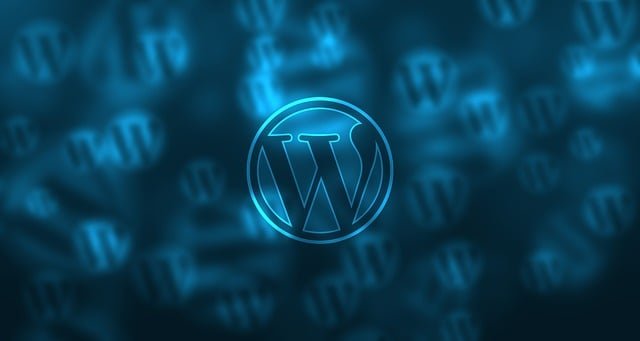Auditing WordPress Site Performance With Lighthouse

In today’s fast-paced digital world, website performance is crucial for delivering a great user experience. Slow loading times can lead to high bounce rates and dissatisfied visitors. If you have a WordPress website, it’s essential to regularly audit its performance to identify and resolve any issues.
One powerful tool for auditing WordPress site performance is Lighthouse. Lighthouse is an open-source, automated tool developed by Google that audits webpages for performance, accessibility, best practices, and SEO. It provides valuable insights and recommendations for improving your website’s performance.
“Lighthouse has become the gold standard for web performance auditing. Its comprehensive reports help developers identify areas for improvement and optimize their websites accordingly.”
Lighthouse can be easily integrated into your WordPress development workflow. Here are the steps to audit your WordPress site performance using Lighthouse:
- Install Lighthouse: Install the Lighthouse browser extension or use the command-line interface (CLI) to run Lighthouse audits from your local development environment.
- Access Lighthouse: Open the webpage you want to audit in your browser and launch Lighthouse. It will start analyzing various aspects of your website, including performance, accessibility, best practices, and SEO.
- Analyze the Report: Once the Lighthouse audit is complete, it generates a detailed report with a score for each category. Pay close attention to the performance score, as it directly impacts your website’s loading time. Look for opportunities to optimize assets, reduce server response time, and leverage browser caching.
- Implement Recommendations: The report provides actionable recommendations to improve your website’s performance. Implement the suggested changes, such as compressing images, minifying CSS and JavaScript files, and optimizing code structure.
- Re-audit and Monitor: After implementing the recommendations, re-audit your website using Lighthouse. Keep monitoring your site’s performance periodically to ensure continued optimization and quick loading times.
By regularly auditing your WordPress site performance with Lighthouse, you can identify and resolve performance bottlenecks that may affect your website’s speed. Taking action based on Lighthouse recommendations will enhance user experience, boost SEO rankings, and increase visitor engagement.
Example CLI command to run Lighthouse audits:
lighthouse https://www.yourwordpresssite.com --output html --output-path [path]
(Replace [path] with the desired location to save the HTML report)
Remember that website performance plays a crucial role in achieving your business goals and providing a positive user experience. Therefore, regularly auditing your WordPress site performance with Lighthouse should be an essential part of your optimization strategy.
So, what are you waiting for? Start auditing your WordPress site performance with Lighthouse today and unlock the full potential of your website!
